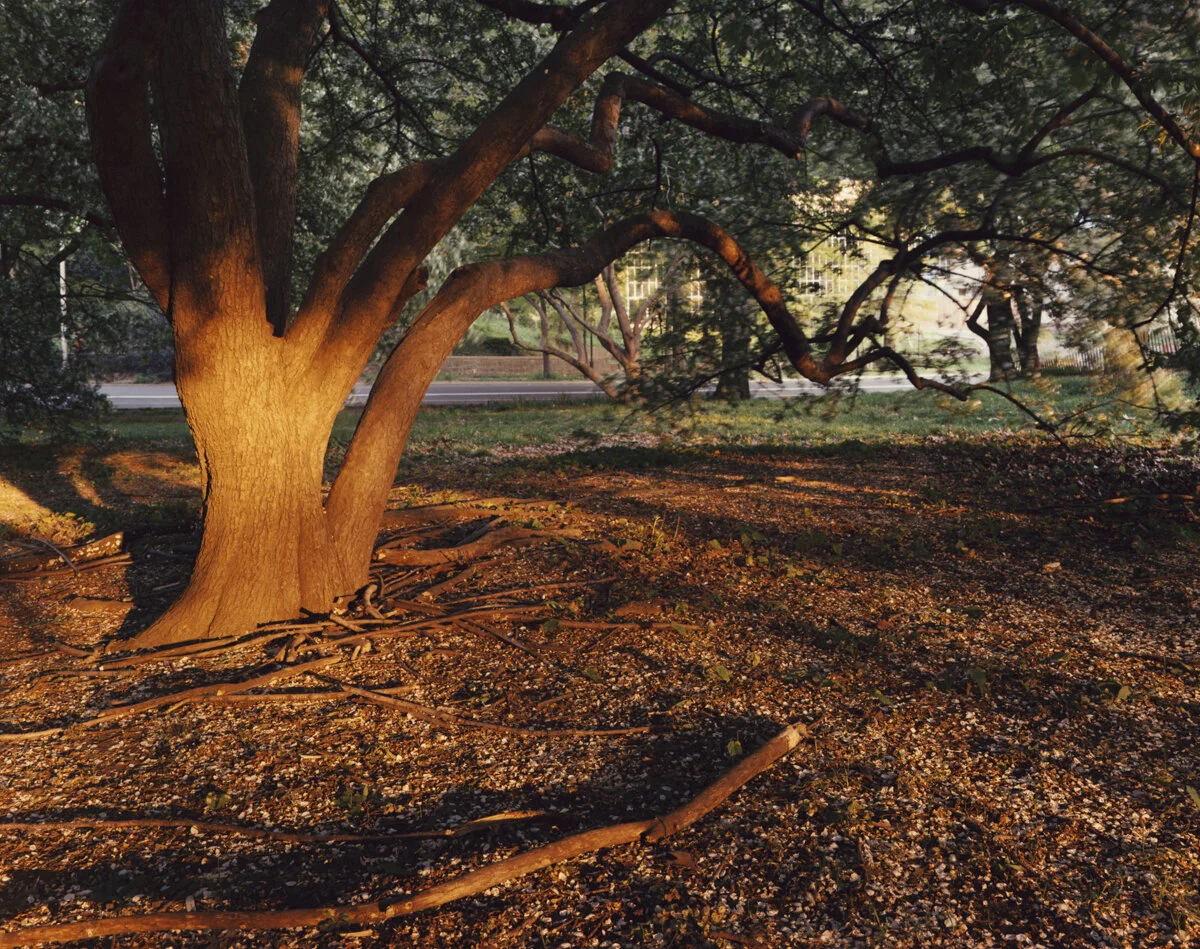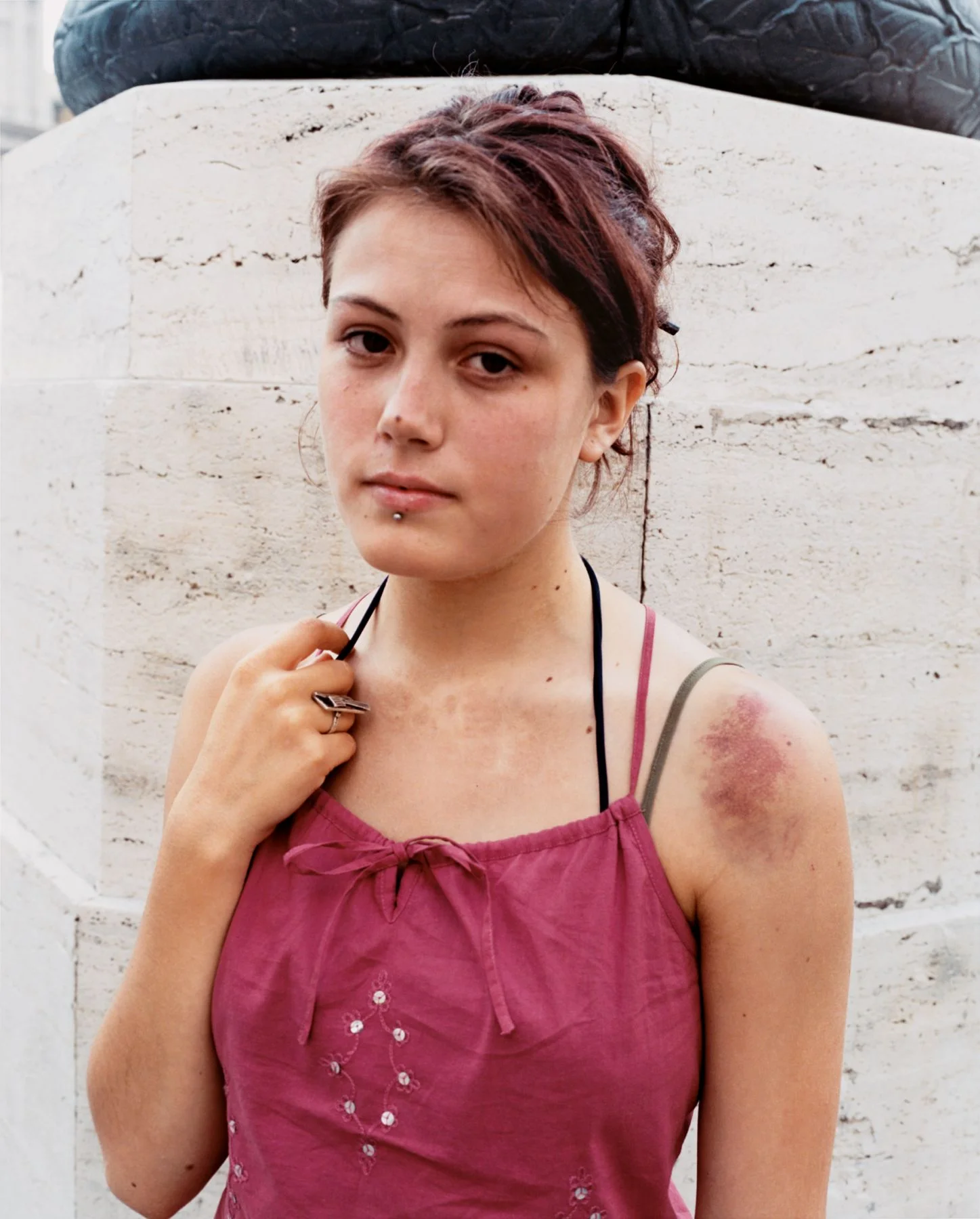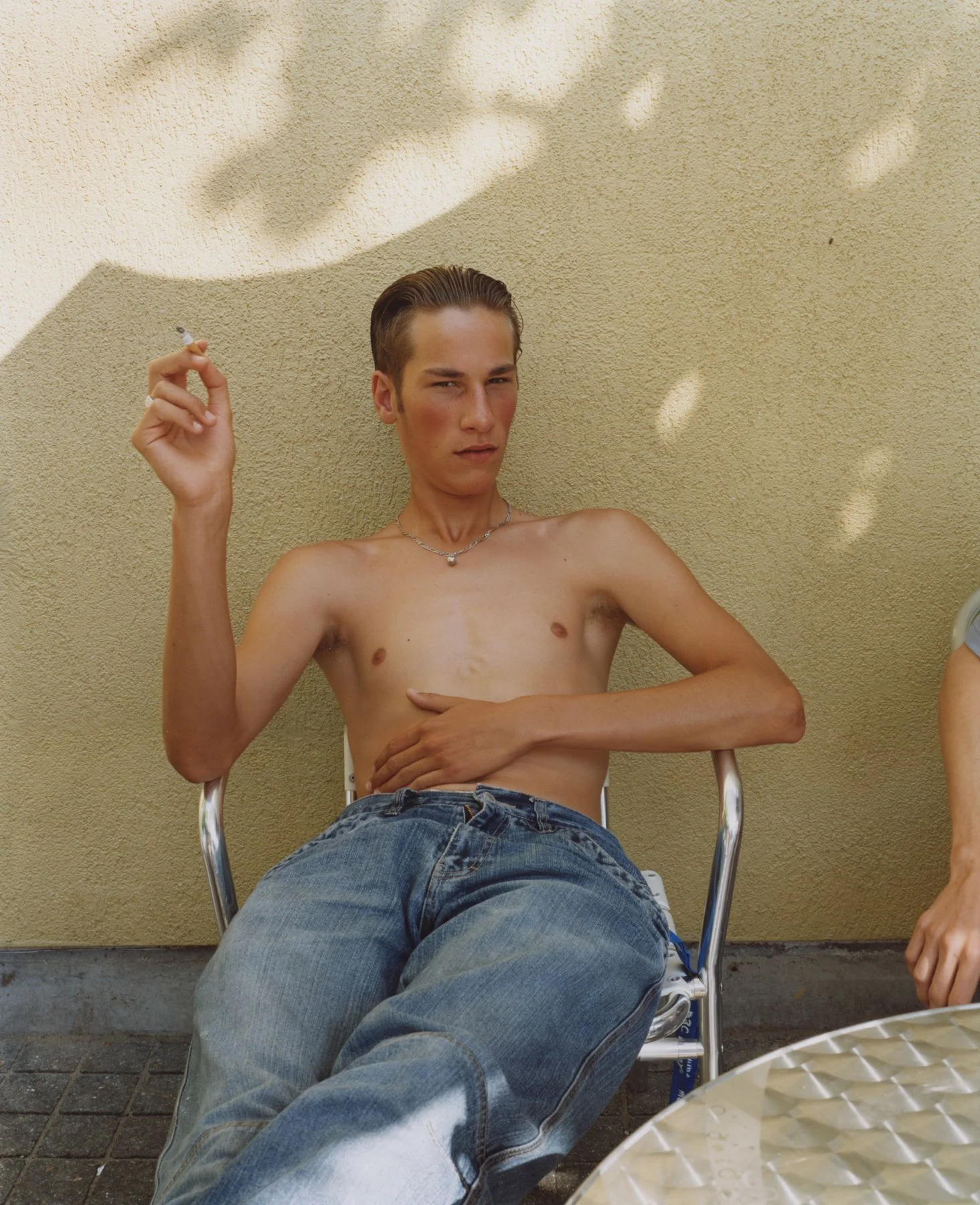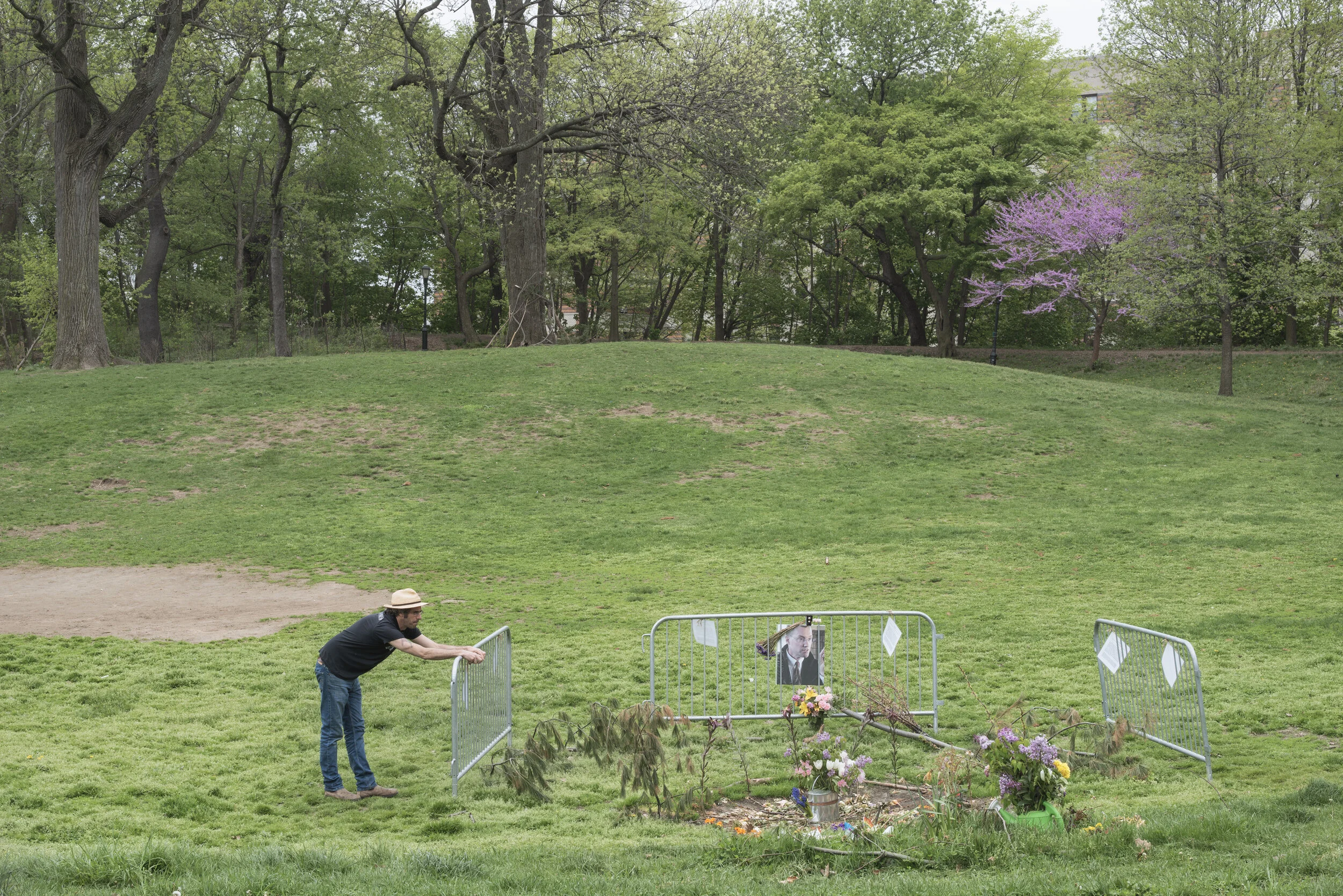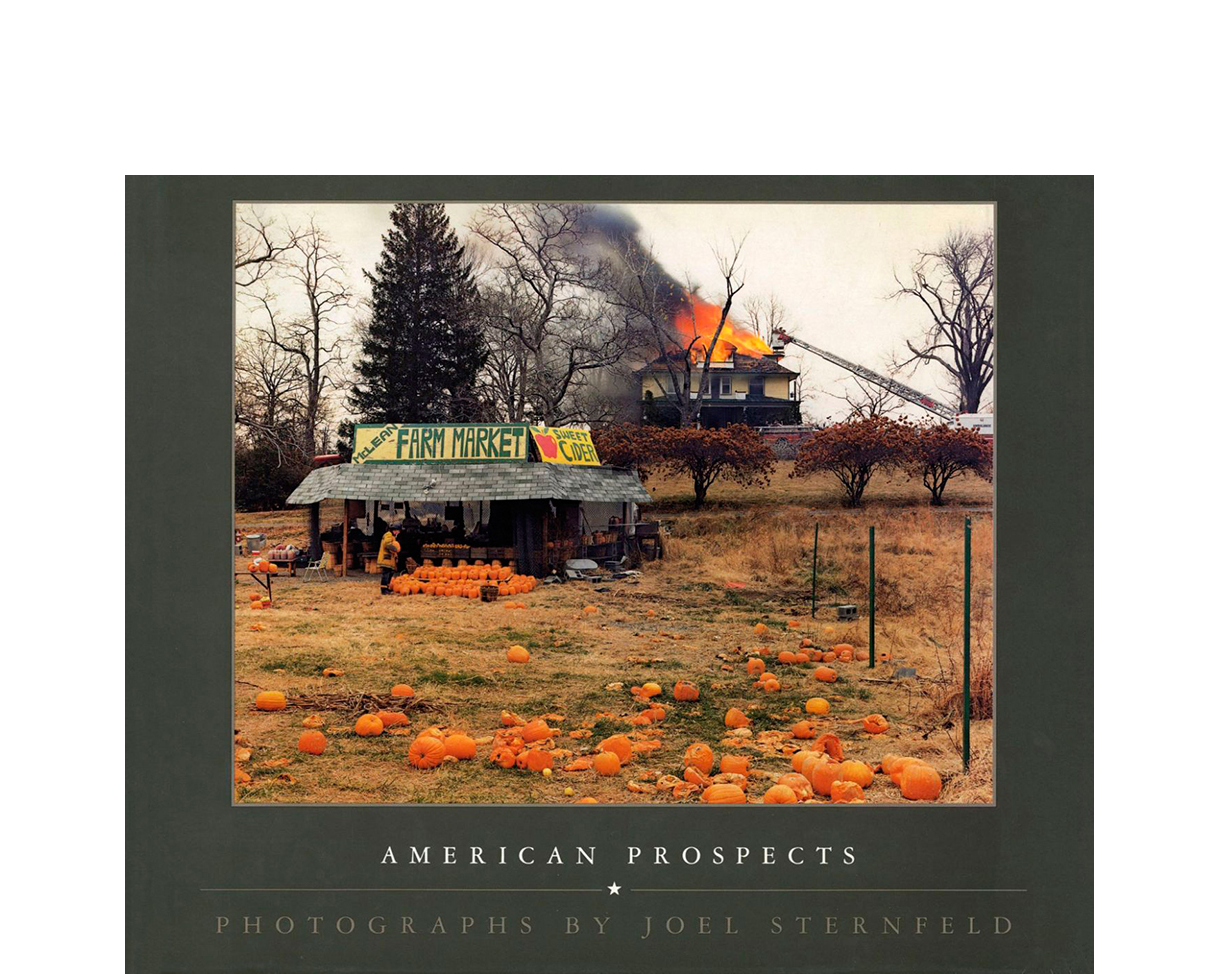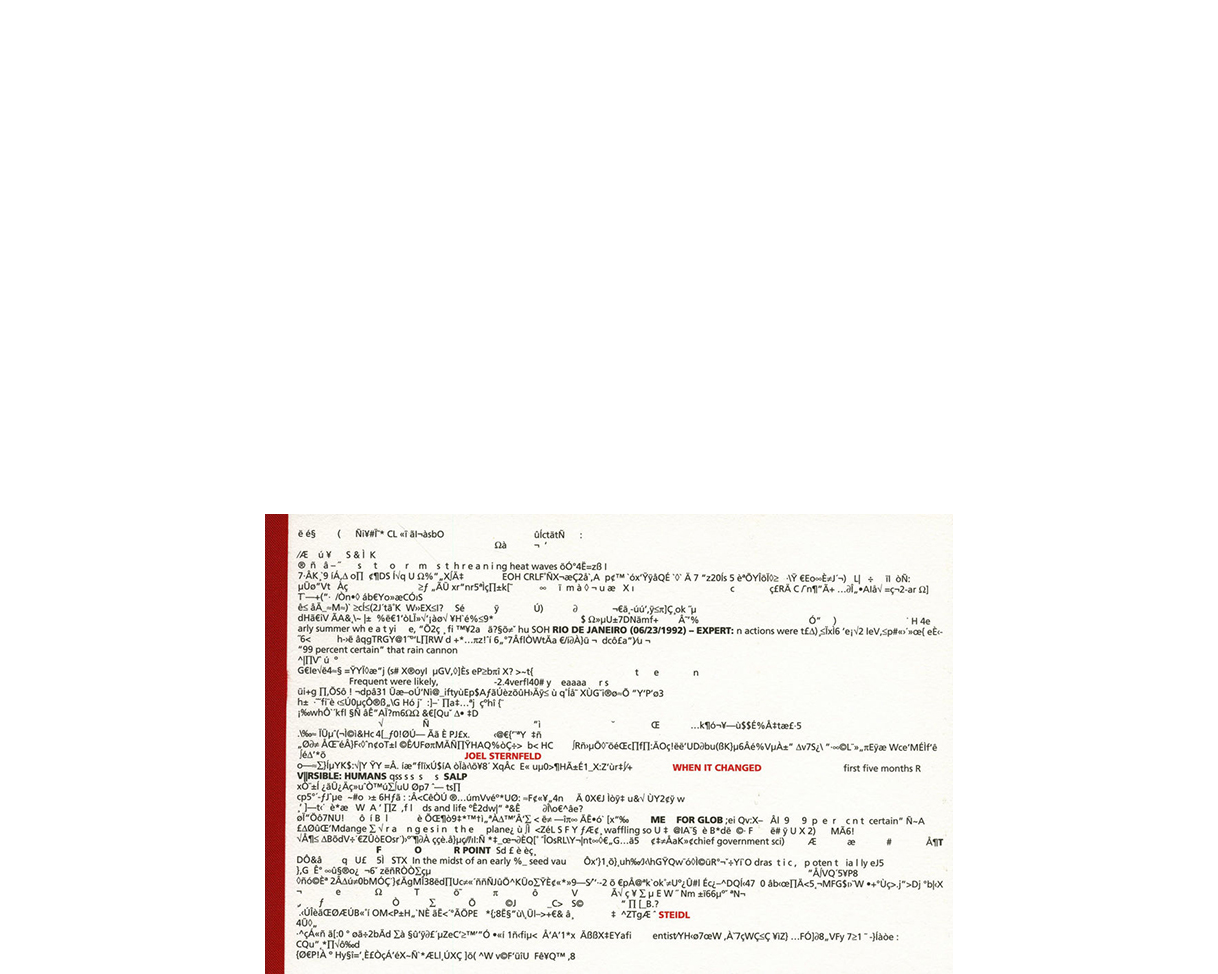American Prospects
Joel Sternfeld grew up in Rockaway, New York, a block from the beach. He had from childhood an agrarian, seasonal sensitivity, alert to the smallest changes in the natural environment— the feeling of the ground underfoot, the wind in the tress, birds in the air, clouds moving across the sky. In early 1978, at aged thirty-three, he received a Guggenheim Fellowship that allowed him to travel with the seasons, stopping off at the places where they manifest most profoundly. It was an audacious plan to photograph throughout the country. The initial intention was to continue the fluid 35mm color photography he had been pursuing in New York, but he switched to an 8-by-10 view camera, exposing rarely more than two negatives a day.
Beginning in southwest Virginia, he made several extended trips in his white Volkswagen camper. He would wait for cool days to FedEx his film home for processing. Going for up to six months without seeing the results kept him sharp and hungry. He would edit mentally, keeping a list of what he thought he had and might need.
Informed by a deep interest in the history of nature painting, Sternfeld worked hard to picture the cycle of seasons alongside sigs of social and economic change: patterns of settlement, the accretions of industry, traces of technology, new land management, leisure, and mass culture. This fine balance served a broader aim to consider the fate of America as the great and noble experiment in democracy.
Since Robert Frank had laid bare the nation’s shortcomings in the 1950’s, the “dark underbelly” had become a well worn theme of mainstream literature, art, and cinema. Sternfeld took a longer, historical perspective, looking at the way much older values morph under the strain of progress yet seem to persist. He made deceptively classical compositions often containing wild counterpoints; fire fighters extinguish a blaze while one of them shops nonchalantly for pumpkins: an escaped elephant falls exhausted in the wrong kind of nature; comfortable suburbia teeters on the edge of a landslide; swimmers out in nature prefer the artifice of a man-made pool. The metaphors are unnerving but not overtly critical. Sternfeld’s outlook is essentially optimistic, assessing the past, present, and future with equal benevolence. Nevertheless, rural and small-town life, forever idealized by America culture, is often a world of ineffable disquiet and, as such, it is perfectly suited to the enigmas of the still and mute large-format.
After several years of shooting and delays with publishers, Sternfeld issued his opus in 1987 under the canny title American Prospects. Prospects as in “views.” Prospects as in “likely future.” That year David Lynch released his film Blue Velvet. In different ways, both artists heralded a new native surrealism— affectionate, gently insistent, seductive, and disarming.






